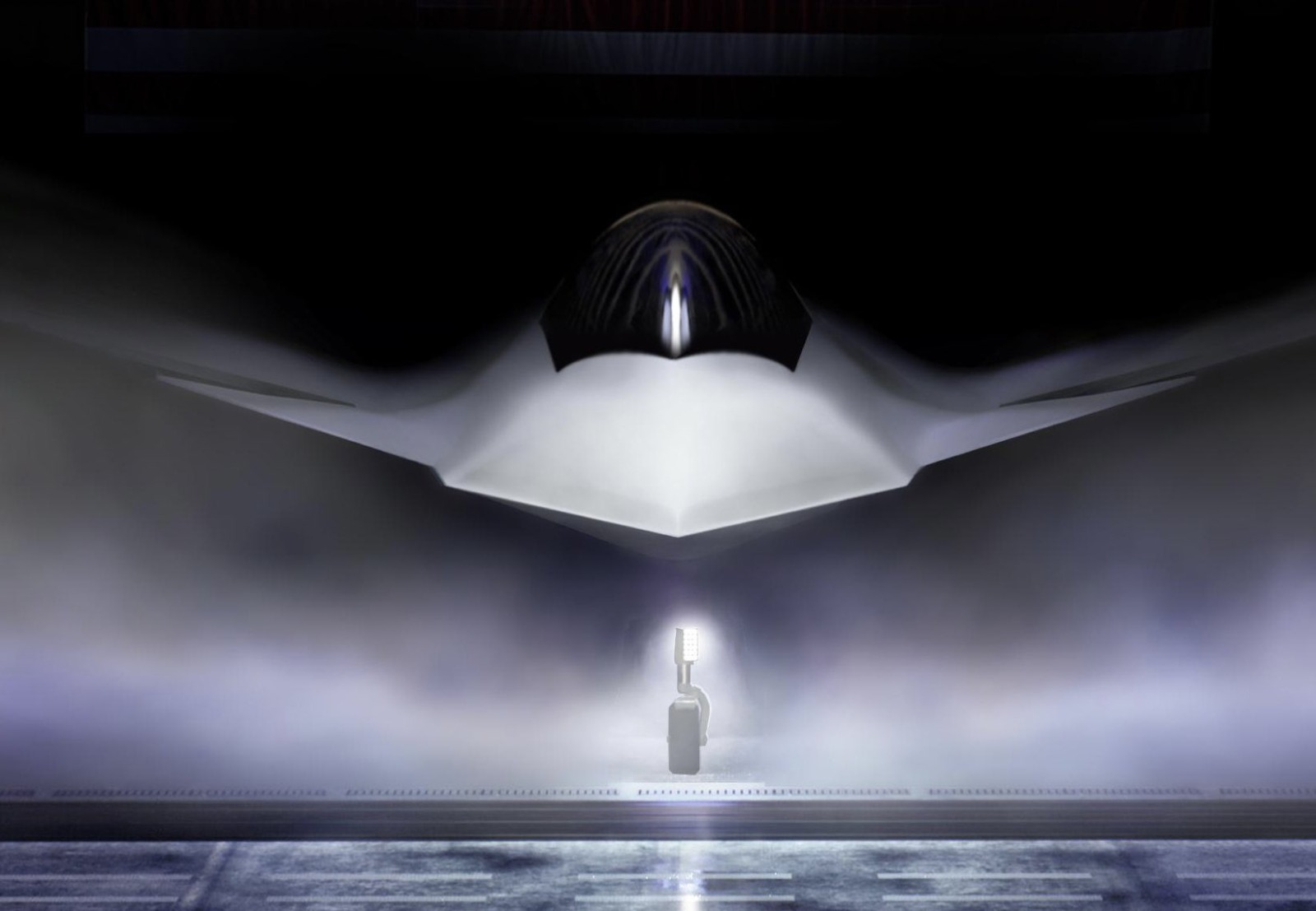The US recently awarded Boeing the contract to develop the F-47 (NGAD), which could emerge as the world’s first sixth-generation fighter jet. Meanwhile, competition is also heating up between firms that will power the aircraft. So far, GE Aerospace and Pratt & Whitney (P&W) are in the fray.
The US Air Force (USAF) had completed detailed design reviews of two adaptive-cycle engine prototypes from both GE Aerospace and Pratt & Whitney. The detailed design reviews of GE Aerospace were completed on February 19, and for P&W, it happened on February 20.
The detailed design review is the fourth stage in the six-phase development program for the jet engine. It was preceded by initial design, preliminary design, and adaptive prototyping planning.
Both engine makers have been given a contract for the Next Generation Adaptive Propulsion (NGAP) program, which seeks to develop engines for these futuristic platforms. The contract allows the two contenders to procure, assemble, and test a prototype ground demonstrator, with testing likely in the late 2020s.
Connecticut-based Pratt & Whitney is playing a key role in developing the engines for the future fighter jet. To support the work, the Air Force awarded Pratt & Whitney and GE Aerospace US$3.5 billion contracts in January for the prototyping phase.
“Our NGAP engine, the XA103, completed a fully digital detailed design review in February. We’re now focused on executing the next phase of the contract, constructing our prototype ground demonstrator, which is expected to test in the late 2020s,” Jill Albertelli, president of military engines at Pratt & Whitney, said in a written statement on Friday.
U.S. Navy Conducts Hypersonic Defense Test Off Hawaii; Simulates Interception With SM-6 Missile

GE Aerospace is offering prototype XA102, which it claims is the first in GE’s history to be built using model-based systems engineering.
Calling it a “transformative shift,” VP of Edison Works at GE Aerospace Steve Russel added: “As we transition into the procurement and build phase, we will continue to incorporate this innovative approach while working closely with our supply chain partners to advance the engine toward a full-scale demonstration.”
Both companies are using digital tools, including modeling and simulation, to design their engines. P&T’s Albertelli also asserted that the use of digital tools will continue to advance in the next-generation engines.
The NGAP engine is based on adaptive cycle technology, which provides high thrust without compromising fuel efficiency when necessary. An adaptive engine has an additional third stream of airflow that helps in greater cruise efficiency when opened and leads to high thrust when closed during take-off, landing, and combat. These engines will be able to manage engine heat and generate greater electricity to power advanced avionics and laser weapons.
According to GE, their NGAP offers 20 percent greater thrust and 25 percent improved fuel consumption, resulting in a 30 percent greater range. The engine must do all this without compromising the aircraft’s low level of observability.
The details about the new NGAD fighter, aka the F-47, are yet to be made public, even though President Trump said the aircraft’s early versions have been conducting test flights for the last five years.
Lockheed Martin and Boeing’s renderings of the aircraft have highlighted a flat, tail-less aircraft with a sharp nose. The sleekness and blended wing-body structure herald a new fighter jet design that favors extreme stealth and aerodynamic efficiency.
While the USAF has yet to specify the number of NGADs it will order, Gen. David Allvin, the Air Force’s chief of staff, has said in a statement that the number of F-47s manufactured will surpass that of F-22s.
As of now, 180 F-22 fighter jets are in service. Hence, the competition for powering fighter jets is more intense and means big business for the companies.
According to Allvin: “The F-47 will have significantly longer range, more advanced stealth, be more sustainable, supportable, and have higher availability than our fifth-generation fighters. This platform is designed with a ‘built to adapt’ mindset and will take significantly less manpower and infrastructure to deploy.”
The Restarting Of NGAD
In 2024, then-Air Force Secretary Frank Kendall ordered a pause on the NGAD program to review whether the aircraft were still needed.
Amidst the cost overruns of F-35s and the Russia-Ukraine war cementing the role of drones in future warfare, a review was carried out to see if the aircraft designed in 2018 needed to be modified to reflect the past few years of warfighting advances.
A review was done to determine whether NGAD was still needed and how the conflict with China would look with and without the sixth-generation fighter.
The aircraft operator would be a pilot and a mission commander, controlling a network of semi-autonomous platforms. AI integration and data sensors would give a real-time picture of the battlespace. The fighter jet will have ‘loyal wingmen’ drones at its disposal to conduct electronic warfare, reconnaissance missions, or combat missions.
The fighter jet will have an open-system architecture, leading to rapid upgradation.




